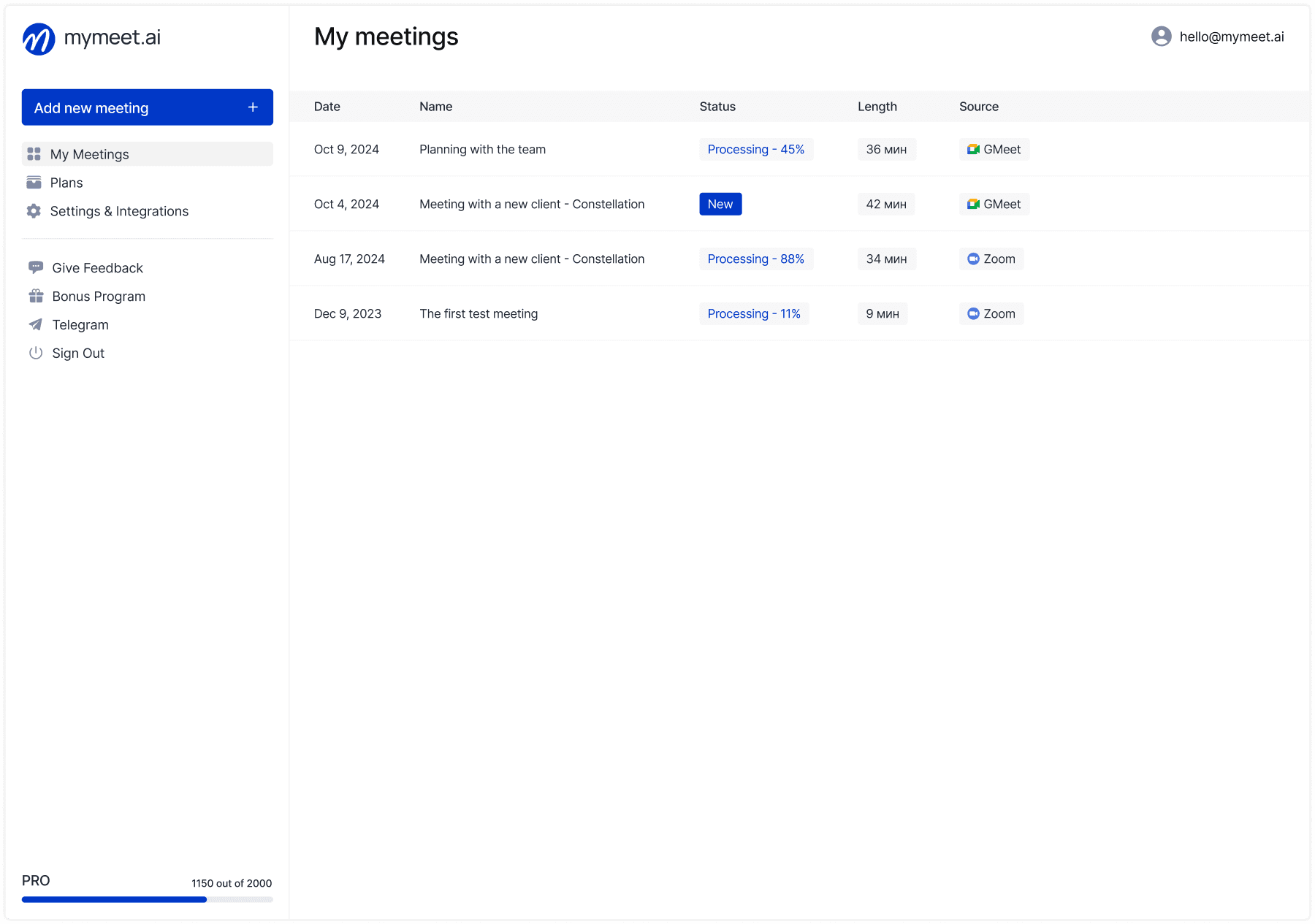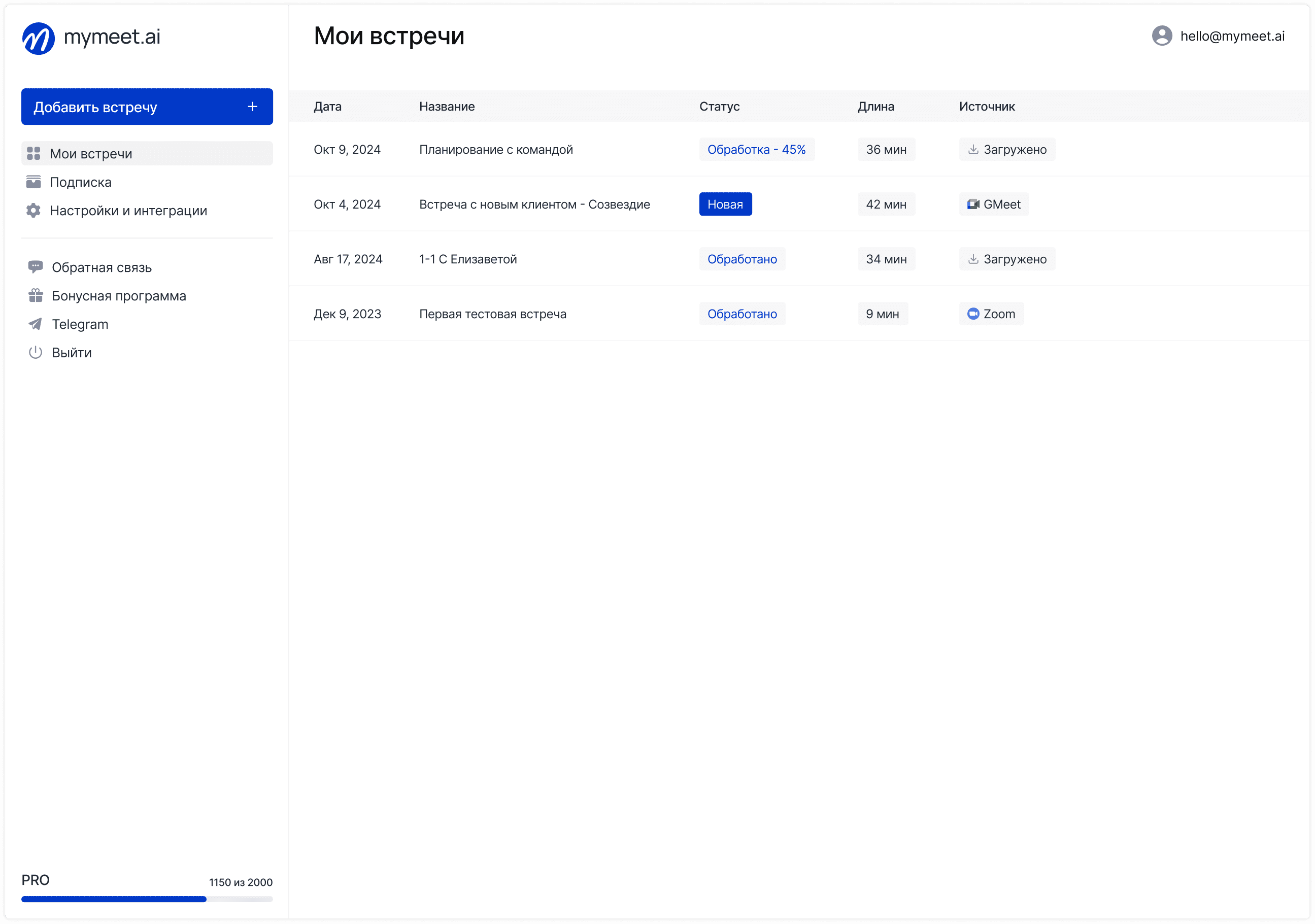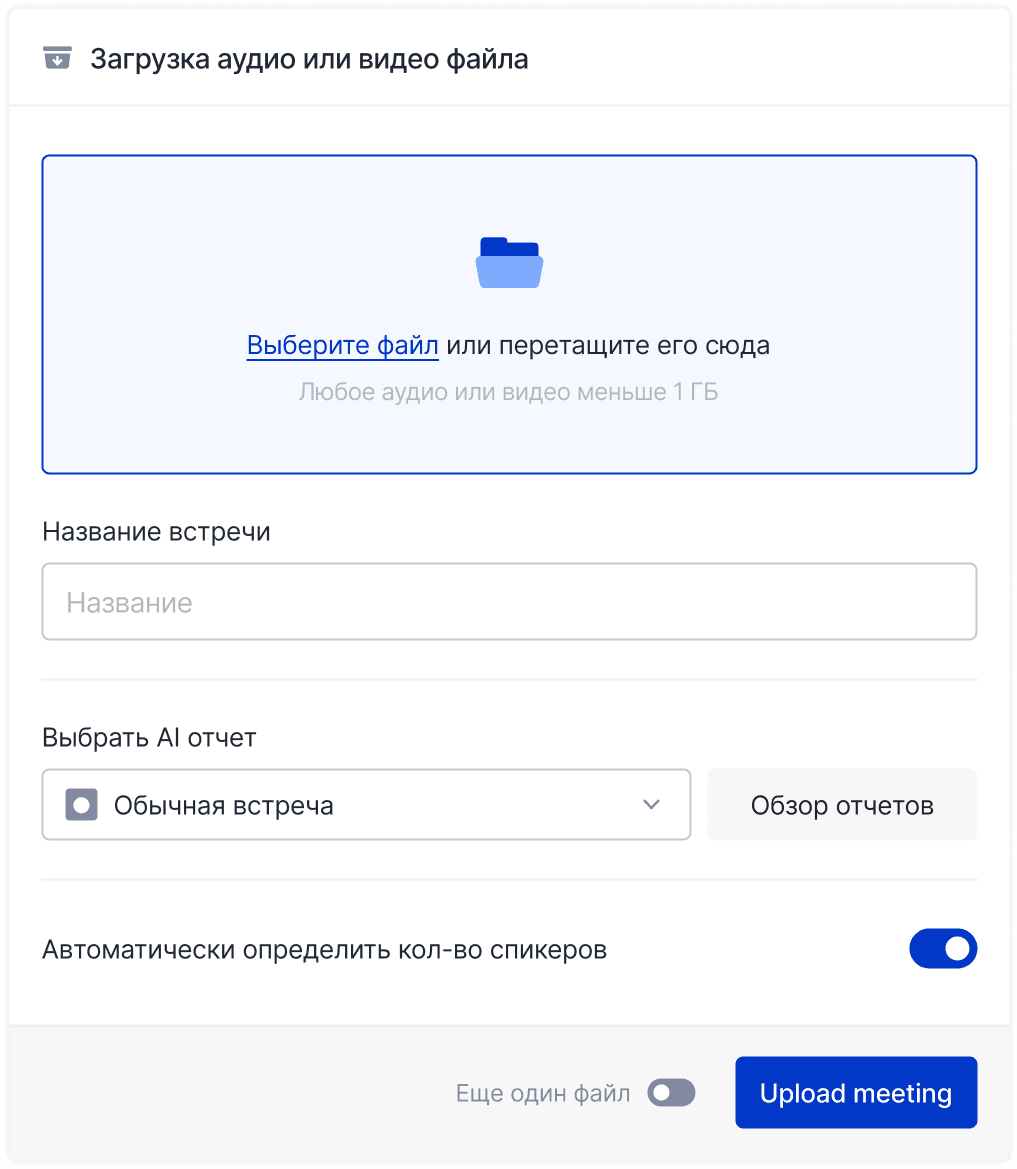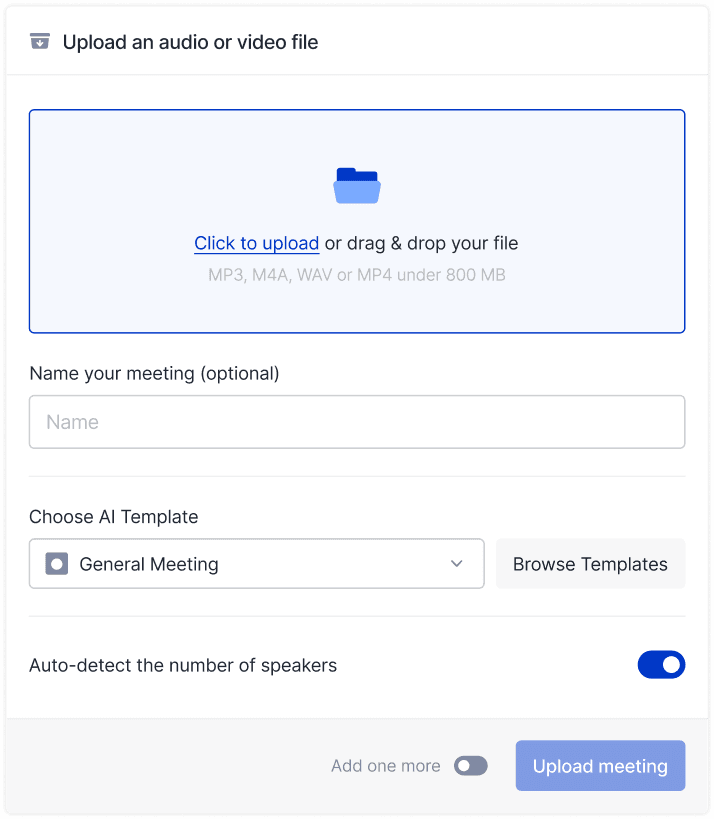Task Management

Ilya Berdysh
Feb 24, 2025
Working from home, the dream, right? Not so fast. It's not all lounging in your PJs and taking conference calls from the comfort of your couch. The reality? It's a minefield of distractions, cabin fever, and the constant battle to separate work from life.
Every "productivity guru" out there has a magic solution to make WFH a breeze. Expensive standing desks? Must-have. That fancy VR meeting setup? Kiss your paycheck goodbye. Trying to be a productive remote worker shouldn't mean draining your bank account just to set up a decent home office.
Don't give up just yet. I've learned a thing or two after working remotely for years across multiple jobs. You can actually create an effective WFH setup and maintain your sanity without breaking the bank. I'll give you the real scoop on the WFH strategies that actually work in 2025 - no gimmicks, just practical tips I've put to the test myself.
What Exactly is WFH
WFH, or Work From Home, is more than just an acronym dropped into email subjects or status updates. It represents a fundamental shift in how we think about work. At its core, WFH means performing your job duties from your home rather than a traditional office setting. But in 2025, it's evolved into something much more nuanced.
WFH Meaning in Professional Context
Remote work has fundamentally transformed the business landscape. Studies consistently show that most employees experience increased productivity when working from home, with the Global Workplace Analytics 2024 report indicating that 77% report higher efficiency in remote settings. The shift has been so significant that, according to McKinsey, more than a quarter of companies now operate in a hybrid model.
What Does WFH Stand For
WFH appears across workplace communication in various professional contexts:
In Professional Communications: "Working from home today - available through standard channels" "Remote today - available via virtual meetings"
In Emails: "I'll be working from home for the next few days due to office renovations" "Team meeting at 2 PM - joining virtually from home office"
In Calendar Notations: "[WFH] Available for scheduled calls" "Remote work day - accessible via standard platforms"
WFH Meaning in Text and Email Communications
When receiving a "WFH" message, understand that your colleague is working from home but remains fully available through digital channels. The phrase typically implies they'll maintain normal working hours and can be reached through standard communication platforms.
"The transition to WFH required a strategic approach - clear protocols, dedicated workspaces, and robust virtual collaboration tools led to improved productivity and better work-life integration," notes Sarah Mitchell, Marketing Director at a global tech firm.
For meetings, confirm the preferred video conferencing platform in advance. Consider context - temporary WFH situations (like home repairs or childcare) may affect availability differently than regular remote work arrangements. In such cases, clarify any timing constraints or potential schedule interruptions.
WFH vs Remote Work: Understanding the Key Differences
While often used interchangeably, working from home (WFH) and remote work represent fundamentally different approaches to flexible work. Understanding these distinctions is crucial for both employees and organizations.
WFH (Work From Home)
Working from home represents a structured approach where employees conduct their work specifically from their residence. This arrangement typically maintains many traditional office elements while offering the comfort and convenience of home:
Dedicated home workspace setup with proper office equipment
Standard business hours aligned with the main office
Regular team meetings and occasional office visits
Company-provided equipment and technical support
Operation within the local time zone
Clear boundaries between work and personal life
Remote Work
Remote work offers a more flexible arrangement that emphasizes location independence and adaptable schedules. This model prioritizes results over specific working conditions:
Freedom to work from any location - cafes, coworking spaces, while traveling
Flexible workspace setups that adapt to current location
Self-managed schedule based on productivity and preferences
Minimal physical office presence
Personal equipment and tech setup responsibility
Ability to work across different time zones and cultures
This format combines narrative explanation with specific points, making the distinctions clearer while preserving all key information. The narrative provides context while the bullet points highlight specific characteristics of each arrangement.
Comparative Analysis
Characteristic | Work From Home (WFH) | Remote Work |
|---|---|---|
Workspace | Home office only | Any location (cafes, coworking spaces, travel) |
Schedule | Fixed business hours | Flexible, self-managed hours |
Equipment | Company-provided equipment & support | Personal equipment & tech setup |
Office Presence | Occasional in-person meetings | Rare or no office visits |
Time Zones | Local, aligned with office | Global, across multiple zones |
Communication | Real-time, scheduled meetings | Primarily asynchronous, flexible |
Key Considerations for WFH and Remote Work
Working from home requires a structured environment, centered around a dedicated workspace with reliable internet connectivity. Success in WFH depends on maintaining clear work-life boundaries and establishing a proper ergonomic setup. Regular communication with team members helps maintain workplace connections and productivity.
Remote work demands greater flexibility and adaptability. Workers need to create functional workspaces wherever they go, maintain consistent connectivity across locations, and navigate different time zones effectively. This arrangement requires strong cultural adaptability and independent problem-solving skills, as support may not always be immediately available.
This concise format presents the essential considerations for each work model while maintaining clarity and readability.
Common Work From Home Challenges and Modern Solutions
Working from home transforms how we work, while presenting unique challenges that require both behavioral adaptation and technological solutions. Understanding and proactively addressing these challenges is essential for long-term WFH success.
The most significant challenge WFH employees face is maintaining boundaries between work and personal life. When your home becomes your office, work tends to expand beyond normal hours simply because it's always accessible. Dr. James Wilson, a workplace wellness expert, recommends creating clear transition rituals - like a morning walk or changing clothes - to signal the start and end of your workday.
Professional isolation presents another key challenge. Without regular face-to-face interactions, remote workers often feel disconnected from their colleagues and company culture. Modern solutions combine behavioral and technological approaches to address this:
Behavioral Solutions: Schedule regular virtual meetings, join professional communities, and create structured team interactions
Technological Solutions: AI-powered tools like mymeet.ai help maintain connection by automatically documenting meetings, tracking decisions, and managing tasks - ensuring nothing gets lost in virtual communication
Team dynamics require special attention in WFH environments. Without physical cues and casual office interactions, misunderstandings occur more frequently. Organizations are addressing this through comprehensive solutions:
Clear Communication Protocols: Establish response times and preferred channels
AI-Assisted Documentation: Tools that automatically transcribe meetings and track action items
Secure Collaboration: Enterprise-grade protection for sensitive discussions
For example, research teams at Constellation Software use AI meeting assistants to automatically capture discussions, identify key decisions, and maintain team alignment. By implementing these tools on their own servers, they maintain security while solving common remote work challenges.
Looking ahead, organizations continue investing in technologies to enhance remote work effectiveness. The future will likely combine AI-powered productivity tools with strategic in-person collaboration, supported by evolving management practices and workplace policies. This hybrid approach, combining human insight with technological support, represents the next evolution in remote work.
Benefits of Working From Home
The transition to working from home has fundamentally changed our approach to productivity and work-life balance, revealing benefits that extend far beyond basic convenience.
Financial and Time Benefits
Employees typically save around $4,000 annually by eliminating commuting costs, including reduced vehicle maintenance and insurance expenses. Additional savings come from fewer takeout lunches, reduced professional wardrobe needs, and potential tax benefits from home office deductions.
The time savings are equally impressive - workers reclaim approximately 250 hours yearly from eliminated commutes. More importantly, WFH allows professionals to structure their day around peak productivity periods, whether early morning or afternoon. The home environment, when properly set up, significantly reduces office distractions, enabling deeper focus and sustained productivity.
Work-Life Integration
The traditional concept of work-life balance is evolving into "work-life integration" as WFH breaks down rigid barriers between professional and personal time. As Mark Thompson, a software developer, explains: "Having the flexibility to start work earlier and take breaks for children's school events has made me both a more present parent and focused employee. I'm not constantly choosing between work and family."
Organizational Advantages
For employers, WFH benefits go beyond reduced overhead. Companies report:
Broader access to global talent and improved retention
Decreased overhead costs (30-50% savings on real estate)
Lower turnover and training expenses
Enhanced business continuity
Innovation has also accelerated, with Fortune 500 companies reporting 34% higher product development rates and 28% faster project completion times. Teams have developed new ways to collaborate and maintain cultural connections despite physical distance.
Environmental and Cultural Impact
The environmental benefits are substantial - a 1,000-employee organization working remotely can reduce carbon emissions by 690 metric tons annually. Beyond transportation, WFH reduces office energy consumption, paper usage, and overall waste.
Perhaps most significantly, WFH has transformed workplace culture. Organizations now focus more on results than presence, leading to outcome-oriented management and clearer performance metrics. As Jennifer Chen, Chief People Officer, notes: "We've moved away from time-based measures to focus on actual deliverables and impact, resulting in more meaningful work and higher satisfaction."
The economic advantages extend beyond immediate savings, with companies often reinvesting in employee development, technology, and improved benefits, creating a positive cycle of organizational improvement.
Best Practices for Successful WFH Implementation
The transition to working from home requires more than just technology – it demands thoughtful planning and clear protocols. Based on data from successfully implemented WFH programs, certain strategies have proven essential for making remote work effective and sustainable.
Creating an Effective Home Workspace
Your home office setup plays a crucial role in productivity and professional presence. While not everyone has the luxury of a dedicated room for work, establishing a consistent workspace is vital. This doesn't necessarily mean investing in expensive furniture or equipment – rather, it's about creating an environment that supports focus and professionalism.
The most successful remote workers prioritize ergonomics and functionality in their workspace design. This might mean investing in a good chair, ensuring proper lighting, or setting up a dedicated desk area. What's crucial is that the space helps maintain a boundary between work and personal life, even if it's just a corner of a room.
Establishing Work Routines
One of the biggest challenges in working from home is maintaining structured routines. Without the natural boundaries of a commute or office environment, work can easily blur into personal time. Successful remote workers develop consistent patterns that help separate work time from personal time.
Dr. Sarah Chen, a Workplace Psychology Expert, emphasizes that productive remote work isn't just about the hours you put in – it's about creating boundaries and routines that work for both you and your team. This might mean starting each day with a planning session, taking regular breaks, or having a specific end-of-day ritual that signals the transition from work to personal time.
Communication Protocols
Clear communication becomes even more critical in a remote environment. Without the benefit of casual office interactions, being intentional about communication is essential. This means not only being clear in your messages but also being mindful of when and how you communicate.
Successful remote teams establish explicit guidelines for communication, including expected response times and preferred channels for different types of messages. They understand that effective communication in a remote setting requires more intention and clarity than in-person interactions.
Time Management in a Remote Environment
Working from home provides unique challenges and opportunities for time management. Without office distractions, many people find they can focus more deeply on their work. However, this requires intentional management of both time and energy.
Successful remote workers often find that traditional time management techniques need adaptation for the home environment. This might mean working in focused sprints, scheduling regular breaks, or aligning work hours with their natural energy patterns. The key is finding a system that allows for both productivity and sustainability.
Team Collaboration in WFH Environment
Leading a remote team requires a different approach than managing in-office teams. While technology provides the tools for connection, successful WFH collaboration depends on establishing clear processes and building genuine relationships in digital spaces.
Remote work has transformed how organizations measure success. Rather than tracking time at the desk, companies now focus on outcomes and deliverables. This shift creates more meaningful ways to assess performance and value. Teams report higher satisfaction when evaluated on their actual contributions rather than their online presence.
Effective remote management balances oversight with autonomy. The most successful WFH leaders maintain clear expectations while trusting their teams to work independently. Regular one-on-one check-ins focus on support and development, not surveillance. These conversations prove most productive when aimed at removing obstacles and providing resources.
Building team culture without physical proximity requires intentional effort. For example, successful remote teams maintain connections through structured interactions like weekly virtual coffee chats, monthly team reviews, and quarterly team-building events. These touchpoints help preserve team bonds while respecting work-life boundaries.
This balanced approach to remote leadership - combining clear metrics, supportive management, and deliberate culture-building - has proven crucial for long-term WFH success.
Conclusion: Taking Action on Your WFH
Success in WFH requires both strategic planning and practical implementation. Whether you're new to working from home or looking to improve your current setup, focus on what truly matters for your productivity.
For those just starting, create a dedicated workspace - even if it's just a corner of your room. Good lighting and a stable internet connection are more important than expensive furniture. Focus on establishing routines that help you maintain professionalism and productivity.
If you're already working from home, optimize what directly impacts your work quality. This might mean upgrading your communication tools or establishing clear boundaries between work and personal time. Stay open to adjustments as you develop new working patterns.
Remember that successful WFH is an ongoing process, not a destination. Start with small changes, measure their impact, and gradually build your ideal remote working style. What works in your first week might need tweaking - focus on progress over perfection.
FAQ
What does WFH mean in a professional context?
WFH stands for "Work From Home," describing an arrangement where employees perform their regular job duties from their residence rather than a traditional office.
What is the difference between WFH and remote work?
While WFH specifically means working from home, remote work encompasses working from any location, including cafes, coworking spaces, or while traveling.
What are WFH jobs?
WFH jobs are positions that can be performed entirely from home, including roles in software development, customer service, writing, design, project management, and many other fields.
What does WFH mean in text or email?
In professional communications, WFH indicates that someone is working from their home office and is available through digital channels.
What is the WFH policy meaning?
A WFH policy outlines the company's guidelines and expectations for employees working from home, including schedules, communication requirements, and performance metrics.
What does working from home mean in practice?
Working from home means performing your job duties from your residence using technology to connect with colleagues, attend meetings, and complete tasks virtually.
What is a WFH position?
A WFH position is a job role that can be performed entirely or partially from home, with specific arrangements determined by the employer's policies.
What does WFH stand for in business?
In business context, WFH is the standard abbreviation for Work From Home, indicating a flexible work arrangement where employees operate from their residence.
What is the meaning of WFH in professional settings?
In professional settings, WFH refers to an approved arrangement where employees conduct their work duties from their home office while maintaining regular communication with their team.
What are WFH jobs meaning for career development?
WFH jobs represent positions that offer flexibility to work from home while providing opportunities for professional growth, skill development, and career advancement.
Ilya Berdysh
Feb 24, 2025








